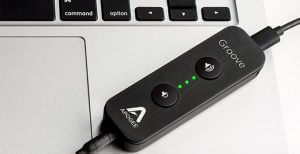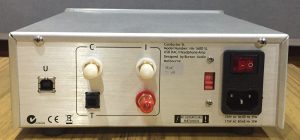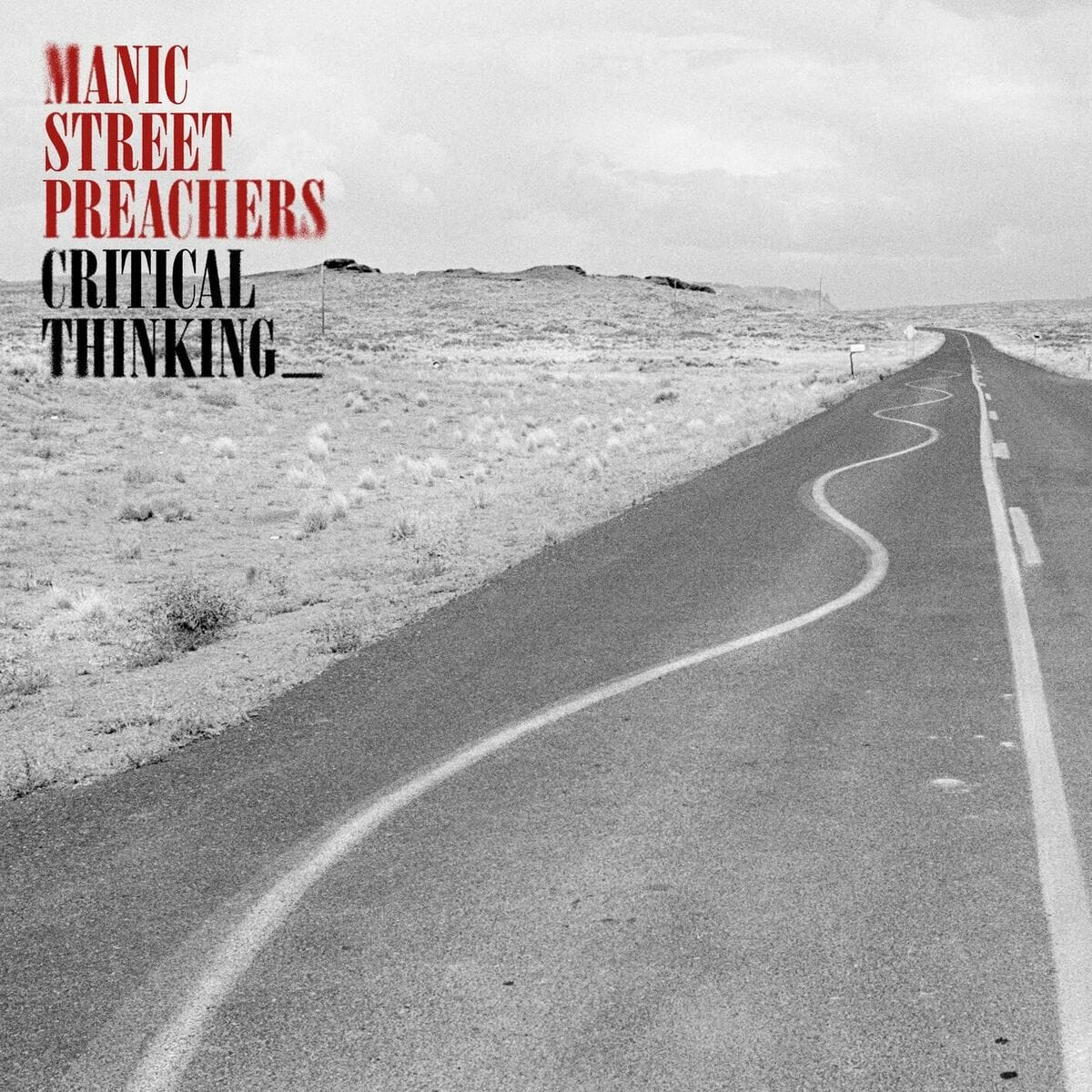So, let’s say you got yourself some high quality music files. You either downloaded some songs in FLAC format, or switched to a HiFi music streaming service. You’re ready to have the time of your life, listening to all those records in all their original high fidelity glory, right? Well, hold your horses, cowboy, you’re still not quite there yet. You need a good DAC.
Having high quality music files is a vital first step in order to achieve an awesome music listening experience, but no matter what, digital files are just digital files, representation of information using ones and zeroes. You still need a way to transform those files into actual physical sound that your can hear with your ears.
This process is called Digital-to-Analog Conversion, and it’s done by an electronic device called the Digital-to-Analog Converter, (DAC, for short.) In essence, a DAC converts digital audio files to electric current, which ends up being delivered to your speakers or headphones, via an amplifier. That’s the way you’re able to enjoy your music files, converted to sound waves.
Any kind of equipment with digital sound reproduction capabilities, (like any computer, smartphone, Stereo, or MP3 player), already comes equipped with its own internal DAC.
The issue here is that different DACs can deliver different results, depending on the quality of the components used to construct them, and their own particular electronic circuit. Most consumer level devices, like computers and smartphones, include very basic quality DACs, as manufacturers are big on cutting costs, and including better DACs would be more expensive.
Those internal DACs already have acceptable perfomance for a basic level Digital-to-Analog conversion, so for a consumer level device, they’re considered good enough. But from a HiFi point of view, they just don’t sound that good, really. So, the thing is that, even if you have high quality music files, you wont’ really be able to enjoy them to their full potential if you’re listening on these devices by themselves.
The answer? Connecting your own external high quality DAC.
The difference of listening to music via a regular music player’s internal DAC vs. using a high quality external one, can be astronomical. Depending on which external DAC you choose, the sound can be evidently cleaner, fuller, warmer, with more depth, way more detailed, and all around nicer. This is something that’s not difficult to hear at all, really. The difference is pretty obvious.
After some time of listening to music with a good external DAC, if you’re like me, you’ll probably grow to resent your computer or smartphone’s manufacturer for including such a low quality internal DAC on that device in the first place. Chances are you won’t want to listen to music on that device alone, ever again, if you can help it.
Today, there are many high quality external DACs, readily available, that you can hook to your computer (via USB, for example), or even to your smartphone. You then just have to connect to them your speakers or headphones, and that is pretty much it. (Well, that is, if that particular DAC comes equipped with its own signal amplifier. There are some that don’t, so you can send the DAC’s signal to your own dedicated amp, for a more custom listening experience.)
External DACs come in many different shapes and sizes, varying from USB stick size, to a full sized DAC that you need to set up on a desk. They vary in quality, features, and prices too.

If you do a quick research online, you’ll notice many different models available for purchase. It can almost be overwhelming. Well, that’s a good thing, as that means that you’ll probably find one that adjusts to your budget, and to what you’re looking for. Put some time and effort into looking for one that’s right for you. I’ll promise it’ll be totally worth it.
I’ll go ahead and say this: if you really like to listen to music, given the availability and price of high quality external DACs these days, there is no excuse to not get one. There. I said it.
I personally have two high quality external DACs. One in my music studio, and one in my bedroom, and I’m totally in love with both of them.

One could make a point that the next important device in line after having high quality music files, and a good external DAC, are a good set of speakers or headphones. And it’s true. You’ll never get the most of your high quality setup listening on small cheap speakers or earphones, but that’s another story for another time.
I hope you’ve found this article informative and that it inspires you to enter the marvelous world of HiFi Audio.
This was part 2 of “Listening to music in a better sound quality.”
For part 1 CLICK HERE, where I discussed MP3s, FLACs and HiFi music streaming services.






